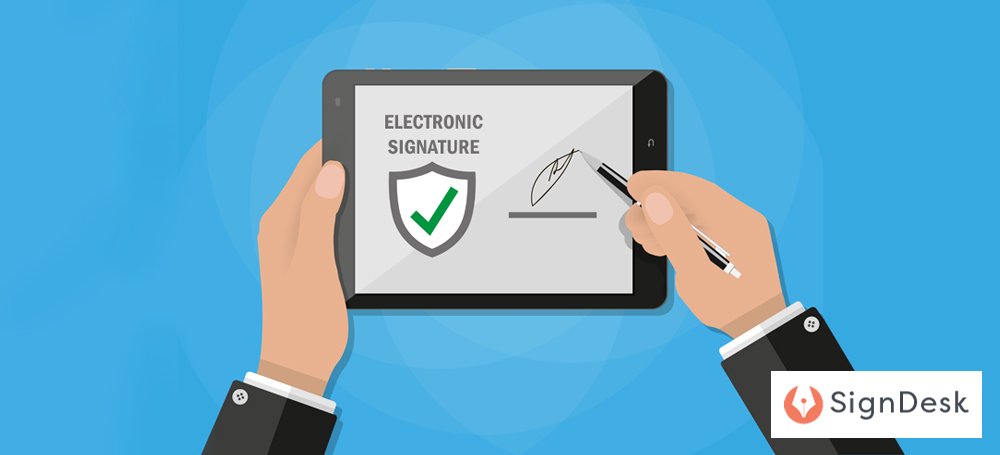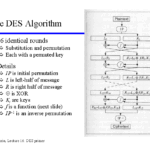The rapid proliferation of digital signature services in the contemporary landscape has catalyzed monumental shifts in how entities authenticate documents and secure transactions. Just as the advent of fire transformed the very essence of human civilization, digital signatures have revolutionized our approach to agreement and consent. Through the lens of technology, they represent a beacon of innovation, yet caution must be exercised. Should stakeholders be apprehensive about the validity and security of these signatures?
At its core, a digital signature is not merely a sophisticated scribble; rather, it embodies a cryptographic statement—a digital counterpart to the traditional ink on paper. Leveraging asymmetric encryption, it utilizes a pair of keys: a public key and a private key. The private key is securely guarded, while the public key is disseminated, allowing for the verification of the signature’s authenticity. This elegant symbiosis of secrecy and availability permits individuals and organizations to embark on agreements with a newfound trust.
However, with this innovation arises a landscape fraught with conundrums. As the allure of digital signatures expands, so too do the shadows of potential vulnerabilities. The Internet is akin to a vast ocean, teeming with opportunities yet riddled with treacherous currents. Without appropriate measures, signatures can be manipulated or forged—an unsettling reality that raises eyebrows among entities eager to embrace digital transformation. Cybercriminals, much like skilled artisans, may craft counterfeit signatures that appear authentic to the untrained eye.
Moreover, the legal framework surrounding digital signatures is still grappling with the implications of a burgeoning digital economy. While many jurisdictions have recognized digital signatures as legally binding, a multitude of discrepancies exists. The Uniform Electronic Transactions Act (UETA) and the Electronic Signatures in Global and National Commerce Act (ESIGN) in the United States provide a semblance of uniformity, but these laws vary in interpretation and enforcement. Organizations must navigate an intricate web, ensuring compliance in every region they operate within, an oversight that could lead to costly ramifications.
In this atmosphere of uncertainty, the question emerges: how can entities safeguard themselves when deploying digital signature services? Vigilance is paramount. The selection of reputable providers is of utmost importance, akin to choosing a knight to guard one’s castle. Companies should seek out those that adhere to stringent security protocols, including end-to-end encryption, two-factor authentication, and regular audits of their systems. The goal is to mitigate vulnerabilities that could compromise the sanctity of digital signatures.
Education stands as another pillar in fortifying digital signature security. Stakeholders—from executives to employees—must be made cognizant of the myriad threats and best practices associated with digital transactions. Training programs focused on recognizing phishing attempts and understanding watermarking techniques can empower individuals, transforming them from passive participants into vigilant sentinels guarding their digital realms.
Still, curiosity arises: what about the user experience? A seemingly arcane process, laden with cryptographic terminology, could deter individuals from engaging with digital signature platforms. Yet, like the intricate mechanics of a Swiss watch, the underlying complexity can be cloaked behind a user-friendly interface. The hallmark of exemplary digital signature services is their ability to harmonize efficiency and security, ensuring users encounter smooth sailing in a sea of documentation.
Beyond the immediate praxis of utilitarian functionality, digital signature services also herald deeper philosophical questions about the nature of trust in the digital age. Traditional signatures, beneath their apparent simplicity, embodied layers of interpersonal relationships and agreements formed in the physical realm. In a virtual domain, where interactions occur across vast distances, trust hinges significantly on technology and its reliability. This evolution provokes reflection on humanity’s enduring quest for authenticity within an increasingly artificial tapestry.
Furthermore, as we plunge further into the fourth industrial revolution, the potential applications of digital signatures extend well beyond simply signing documents. They may become instrumental in enhancing identity verification, safeguarding intellectual property, and collectively validating data across decentralized networks. Future innovations hint at utilizing blockchain technology, where the decentralized ledger could cement the authenticity of signatures, akin to the imprints left in the annals of history.
However, every silver lining has its cloud. With advancements come regulatory challenges and ethical considerations. Privacy concerns loom large in an era characterized by mass data collection. The very algorithms that enhance the efficiency and reliability of digital signatures yield tantalizing insights into individuals’ behaviors and preferences; thus, organizations must wield the power of data judiciously and ethically. Striking the balance between functionality and privacy often feels like walking a tightrope.
In conclusion, the advent of digital signature services presents a plethora of opportunities alongside an array of potential pitfalls. As the landscape continues to evolve, it is imperative for organizations to stay informed, adapt to the shifting dynamics, and remain proactive in safeguarding their interests. With the right approach, blended seamlessly with innovative security measures and a commitment to education, the digital signature can transform from a mere convenience into a bastion of trust, allowing entities to navigate the complexities of modern transaction paradigms with boldness. The question remains not whether one should embrace digital signatures, but rather how one can do so responsibly and securely in a world fraught with uncertainty.









Leave a Comment